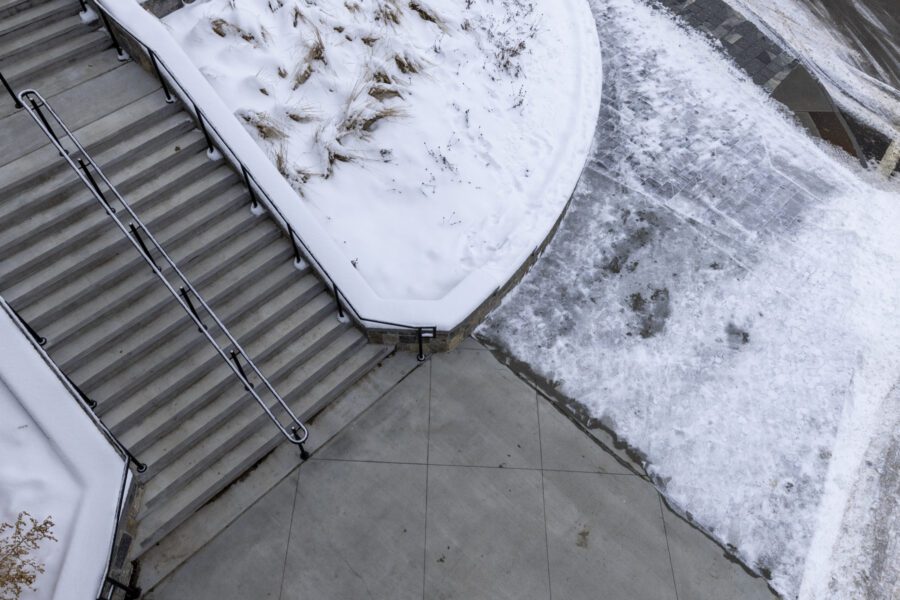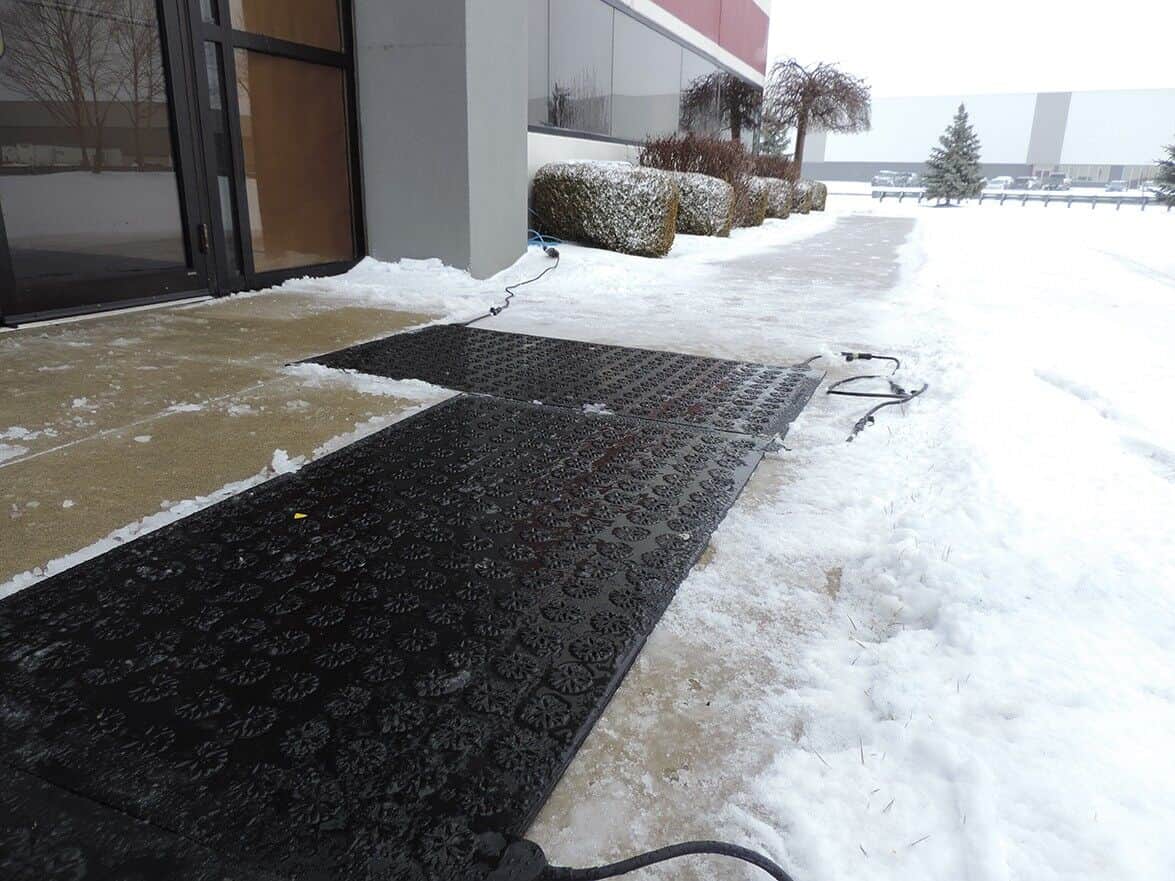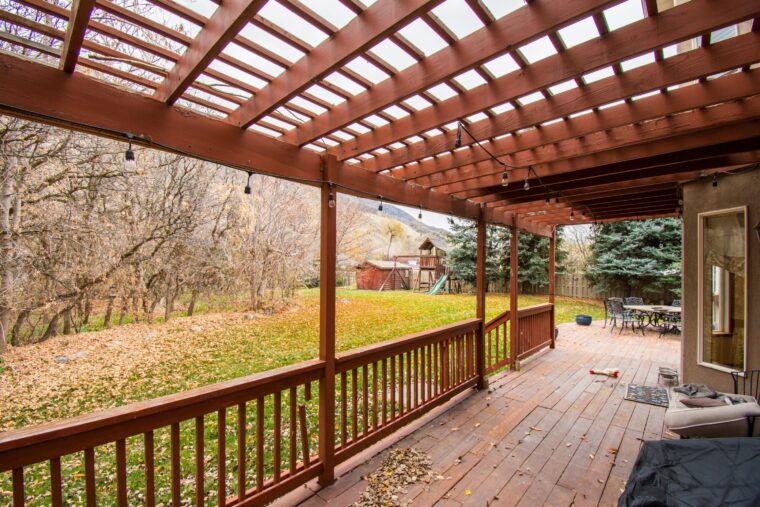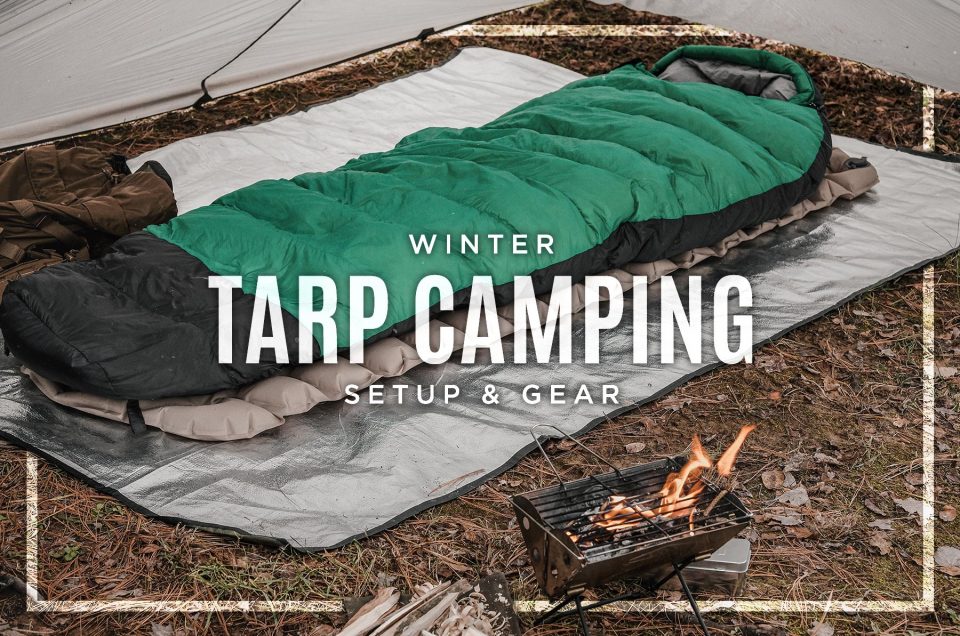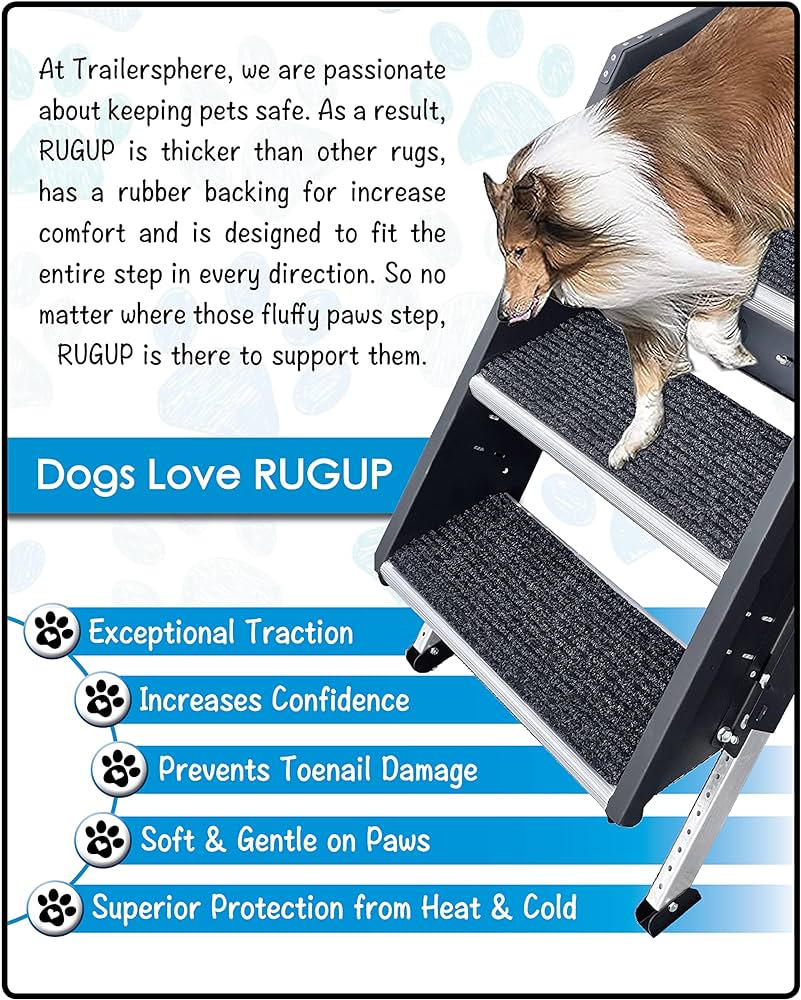Heated Sidewalks: The Innovative Solution to Ice Hazards
- Heated walkway mats
- Snow and ice removal
- 2- or 3-foot widths
- Various lengths (5' to 60')
- Heat output of 50 watts per square foot
- Installation on existing concrete or asphalt surfaces
- Additional 2" pour
- Installation on earth's surface before a new pour
- Hand rolling recommended for asphalt installations
- Heated walkway pavers
- Snow melting mats or cables
- Placement on earth's surface
- Layer of sand or fine gravel
- Fully automated and maintenance-free system
- Qualified electrician for wiring
- Warranty validity
- Installation process for a radiant snow melting system
- Concrete sidewalks
- Heating cable laid out after frame and remesh installation
- Paver walks
- Heat cable embedded in paver sand or mortar
- Proper spacing and zip ties for securing cable to remesh
- Pre-sleeves for handrail installation
- Caution to prevent cable damage with shovels
- Contact information for more information about snow melting systems.

